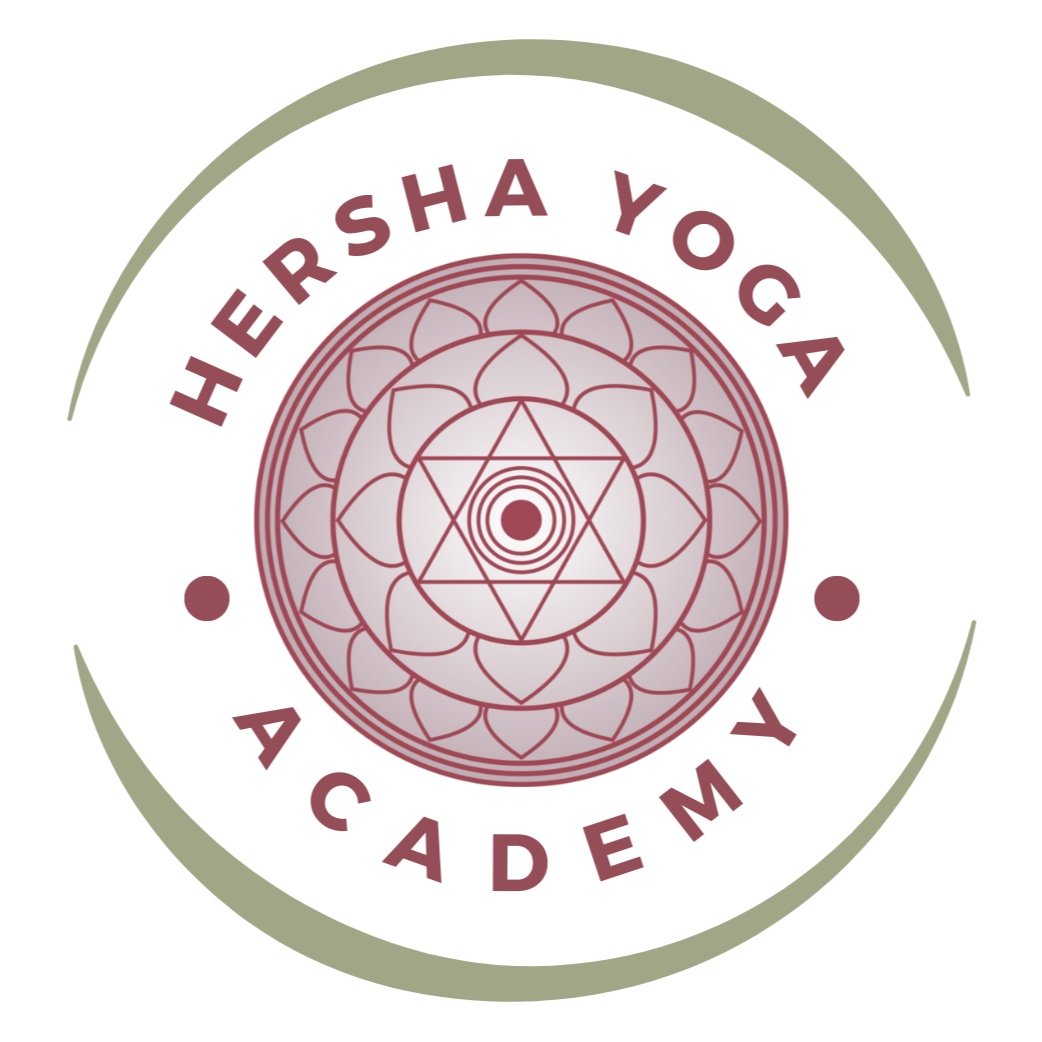Each pregnancy and delivery is different with every woman. Every woman has a different tolerance for pain. Fear of labour is usually worse than the experience of it. There are many factors that influence the experience of pain, and cultural norms are part of it. Most modern depictions of childbirth is through television or movies where labour is dramatic and full of noise and commotion. If the mind is wired to experience labour in such a way, surely there will be fears around it and an inclination to avoid the pain.
Pain is experienced differently among women. According to Ina May Gaskin, a forerunner in spiritual midwifery, the more fear a woman has, the more adrenaline she secretes and the more pain she experiences. Therefore as a prenatal yoga instructor, my job is to share with women the internal practices of yoga that focuses on mindfulness, breath awareness, meditation and chanting that have proven effects of reducing the effects of stress.
Environmental factors that provide a more nurturing setting help a woman feel relaxed and at ease, which in turn can help manage pain and stress. These include:
Loving touch and massage — pressure on the lower back is a common favourite among labouring mothers. Any pressure on the uncomfortable area helps. If it is a posterior labour, asymmetrical positions will help the baby manoeuvre. Massage to legs, thighs and buttocks helps relax the cervix allowing better dilation. Affectionate touch or physical support is also very comforting.
Feeling of privacy — if a woman feels that she is being observed, she may feel self-conscious. This takes her out of her primal brain and into her more conscious part of the mind. A labouring woman doesn’t always need someone watching over her. In a hospital setting, the mother and the baby are constantly monitored and this can be uncomfortable for the mother.
Dim lights — this creates a cocooning feeling of intimacy and privacy. Bright lights are not helpful during labour.
Warm temperature — if a woman feels cold, her body will react to that and this can increase pain and slow down the labour process. It’s much better to feel warm than cold. A warm bath or shower may be the ticket to ease discomfort and further relax the mother.
Silence — a calm, serene environment allows a woman to follow her natural instincts. If there is too much noise or distraction, again it takes her away from her instinctive nature.
Safety and security — a woman needs positive encouragement and love from her birthing partner. When she knows that support is available and not pushed on her, this produces a very calming effect.
Hospital settings provide many pain management interventions. It is wise to encourage women to speak to their medical professionals directly about the options they have. Pain cannot be avoided one way or another. If she tries to avoid the pain through medical intervention, the chances are she will still experience some pain after labour (for example, backache after epidural or healing from c-section scars, etc.) As a prenatal yoga instructor, I can only advise students on what is naturally available to them and the yogic tools that can help them manage pain and stress more effectively.
There is no right or wrong way to give birth. Sometimes a woman feels that if she opts for a c-section, that somehow it’s a failure. That’s not true. Other women do not even want to feel one bit of pain and will gladly schedule a c-section. That’s not bad either. We do not want to instil any tension or worry in our students but encourage them to trust their inner-guidance and individual capacity.
